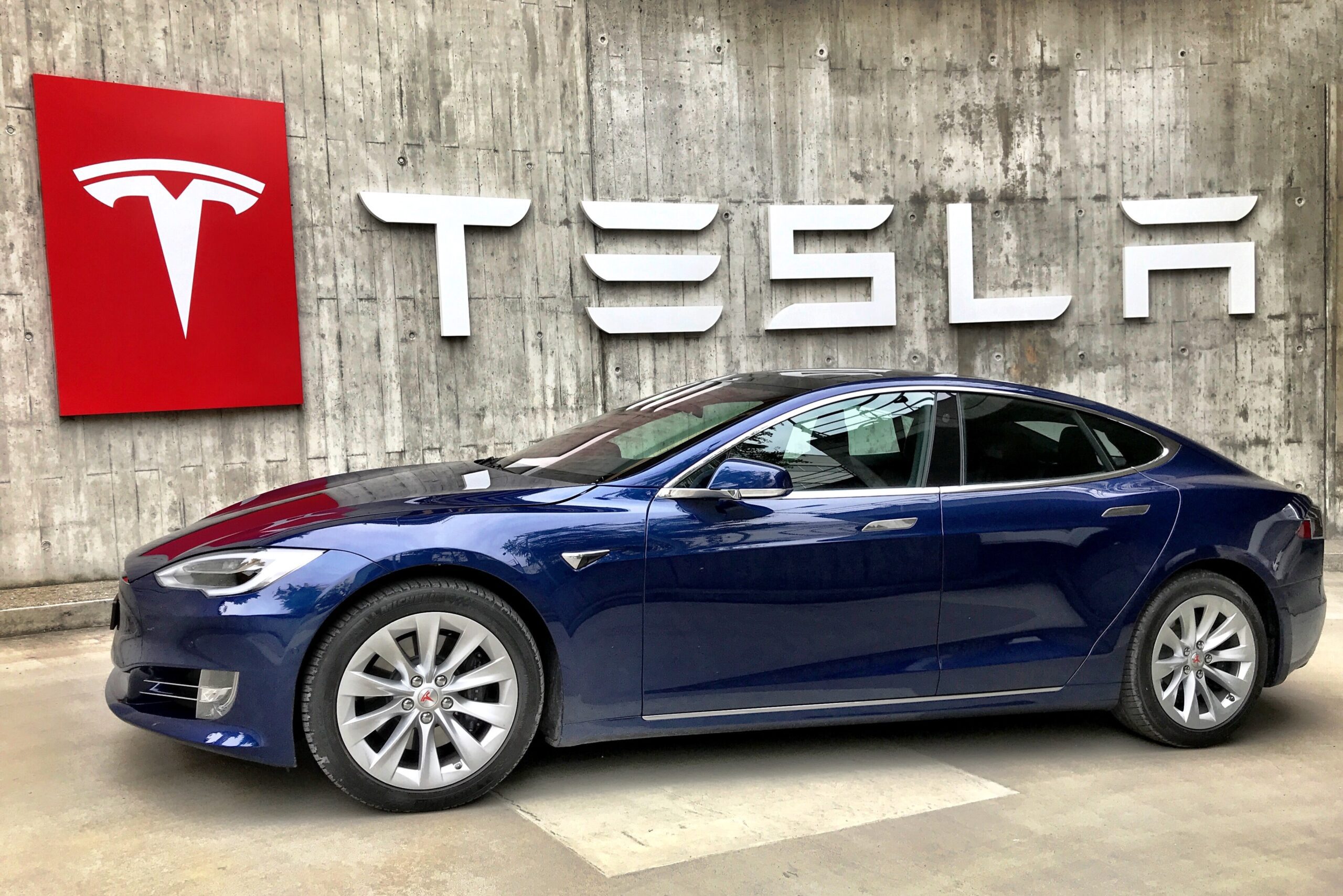Who’s At Fault in a Self-Driving Tesla Accident? Self-driving cars offer a path to the future of transportation. However, there is work to do before self-driving vehicles become the main automobiles on the road. Regulations work to meet rapidly growing technology. And, the technology works to iron out autonomous driving kinks. Accidents can still occur. Currently, Tesla stands as the top of the self-driving car manufacturers. Although the company touts impressive safety figures, Tesla self-driving car accidents have received much press. The question remains, who’s at fault in a self-driving Tesla accident? The differences between AutoPilot and fully self-driving Tesla vehicles Tesla would prefer the liability in a self-driving accident remain with the driver, as the company doesn’t sell fully autonomous cars to the public yet. But one of the newer, more enticing features on Tesla cars is AutoPilot. Although Tesla publicly states that a driver should never rely on AutoPilot, the feature allows self-driving benefits like handless steering, braking, and acceleration. Tired drivers may erroneously allow the system to take over. Tesla’s AutoPilot feature eases the burden on drivers but still requires driver supervision. Currently, a Tesla self-driving car accident won’t involve a fully autonomous vehicle, as these vehicles aren’t yet on the road. Varied differences between AutoPilot and fully self-driving capability remain. AutoPilot, which comes as a built-in perk in current vehicle models, cannot take over vehicle operations. The cost of AutoPilot is already factored into a Tesla car. Fully self-driving Tesla models aren’t yet available to the general public. When these cars become available, full self-driving capabilities will be an add-on feature and will present significant cost increases. A fully self-driving Tesla will not require a human operator. Car owners in fully self-driving cars will plug in their trip destination, and the car will take care of all vehicle operations. The National Highway Transportation and Safety Administration (NHTSA) agrees that currently, a driver must remain behind the wheel of a car. Although the organization estimates that in 2025, fully self-driving vehicles will be available to the general public. NHTSA believes that once the technology is fine-tuned and regulations are in place, self-driving cars will benefit our lives. Human error will decrease and the environment will see a great reduction in carbon emissions. Nevertheless, drivers who allow AutoPilot to take control may find themselves in dangerous, traumatic Tesla self-driving accidents. As of March 2022, there are 750,000 Tesla vehicles with the AutoPilot feature on U.S. roads. Based on Tesla’s own internal safety reports, the safety statistics continue to vastly improve. In 2021, Tesla recorded only one crash for every 4.97 million miles driven in a Tesla vehicle.

yoshalawfirm.com






